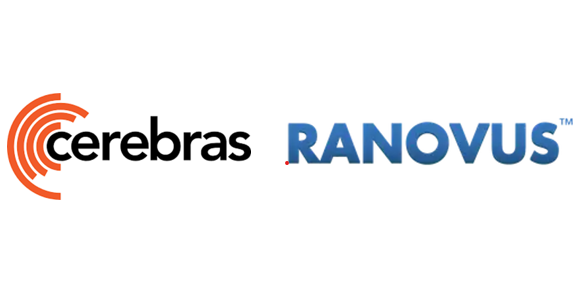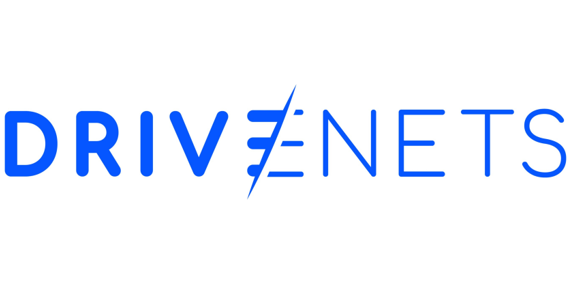AI compute company Cerebras Systems said it has been awarded a new contract from the Defense Advanced Research Projects Agency (DARPA) to develop a system combining their wafer scale technology with wafer scale co-packaged optics of Ottawa-based Ranovus to deliver “several orders of magnitude better compute performance at a fraction of the power draw.”
Cerebras said the aim of the platform is to tackle two major challenges: memory and communication bottlenecks. Compute requirement are growing faster than either memory or IO technologies can keep up with. Cerebras’ work in wafer scale integration, delivered via dinner plate-sized processor, is designed to address the memory bandwidth gap. The Cerebras Wafer-Scale Engine has 7,000 times more memory bandwidth than GPUs, and delivers the fastest AI inference and the fastest molecular simulations, according to the company.
Ranovus, meanwhile, focuses on advanced co-packaged pptics interconnect for AI/ML workloads in data centers and communication networks with its Odin platform. The company’s IP cores — including multi-wavelength quantum dot laser technology and digital and silicon photonics integrated circuits — have set new benchmarks for optical interconnects, according to Ranovus.
The impact of this technology extends beyond national defense, serving dual-use applications in both Department of Defense and commercial sectors. In particular, it holds immense potential for doing real-time AI directly from information processing sensors, as well as real-time simulations of battlefields, and military and commercial robotics, the companies said.
“By combining wafer scale technology and co-packaged optics interconnects, Cerebras will deliver a platform capable of real-time, high-fidelity simulations for the most challenging physical environment simulations and the largest scale AI workloads, pushing the boundaries of what is possible in AI and in high performance computing and AI” said Andrew Feldman, co-founder and CEO of Cerebras. “Building on the successes of the DARPA’s Digital RF Battlespace Emulator (DRBE) program, where Cerebras is currently executing the third phase and delivering a leading-edge RF emulation supercomputer, in this new initiative Cerebras and its partner Ranovus will deliver the industry-first wafer-scale photonic interconnect solution.”
As part of this DARPA effort, Cerebras said it will address the communication bottleneck by integrating advanced co-packaged optics interconnects from Ranovus, enabling compute performance “impossible to achieve today even in the largest of supercompute clusters. Not only will this solution be orders of magnitude faster than today’s state of the art, but it also will deliver compute at a fraction of the power consumed by GPUs tied together with traditional switches. Today’s switches and their optical interconnects are amongst the most power-hungry components in a large AI or simulation cluster. Integrating the optics into the wafer scale package provides unmatched power efficiency.”
 “By solving these fundamental problems of compute bandwidth, communication IO and power per unit compute through Cerebras’ wafer scale technology plus optical integration with Ranovus co-packaged optics, we will unlock solutions to some of the most complex problems in the realm of real-time AI and physical simulations — solutions that are today utterly unattainable,” said Feldman. “Staying ahead of our rivals with advanced, power efficient compute that enables faster AI and faster simulations is critical for US defense, as well as for the domestic commercial sector.”
“By solving these fundamental problems of compute bandwidth, communication IO and power per unit compute through Cerebras’ wafer scale technology plus optical integration with Ranovus co-packaged optics, we will unlock solutions to some of the most complex problems in the realm of real-time AI and physical simulations — solutions that are today utterly unattainable,” said Feldman. “Staying ahead of our rivals with advanced, power efficient compute that enables faster AI and faster simulations is critical for US defense, as well as for the domestic commercial sector.”
“We’re thrilled to collaborate with Cerebras on this groundbreaking innovation,” said Hamid Arabzadeh, CEO and founder of Ranovus. “Our Wafer-Scale Co-Packaged Optics platform will deliver 100 times the capacity of current Co-Packaged Optics solutions while significantly enhancing the energy efficiency of AI clusters. This partnership will establish a new industry standard for supercomputing and AI infrastructure, addressing the rising demand for data transmission and processing and paving the way for the next generation of military and commercial simulations and applications.”




